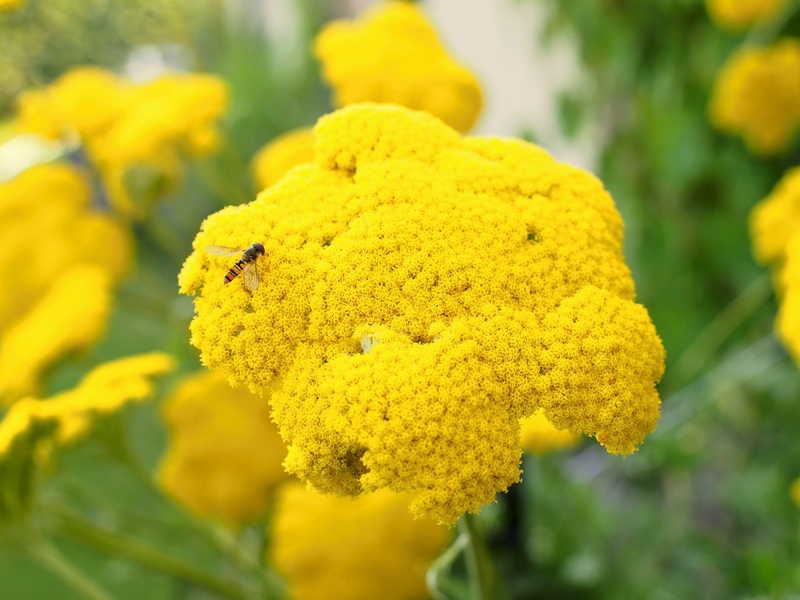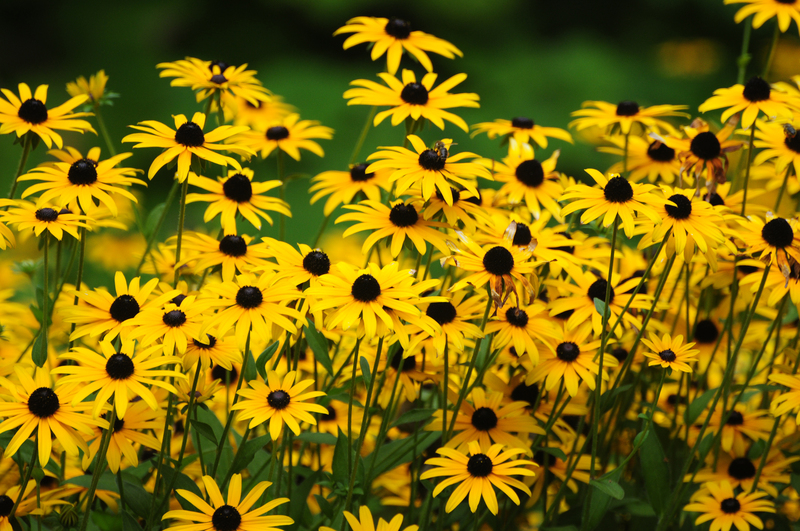Identifying and Addressing Japanese Knotweed
Posted on 27/01/2025
Japanese Knotweed (Fallopia japonica) is an invasive species that poses significant threats to native ecosystems and property value. Originally introduced as an ornamental plant, its rapid growth and extensive root system make it a formidable adversary for homeowners and conservationists alike. This article will provide an in-depth look into identifying, addressing, and managing Japanese Knotweed effectively.
Identifying Japanese Knotweed
Identification of Japanese Knotweed is the first step in managing its spread. Recognizing its key features is crucial for early detection and control.

Physical Characteristics
Stems and Leaves: Japanese Knotweed has bamboo-like, hollow stems that can reach up to 3-4 meters in height. Its leaves are heart-shaped, with a distinct pointed tip, and arranged in a zigzag pattern along the stem.
Flowers: In late summer, the plant produces small, white or creamy flowers that form in dense clusters.
Rhizomes: Below the surface, it has a thick rhizome system that can extend several meters, making it capable of sprouting new growth from any fragment.
Habitat and Spread
Japanese Knotweed thrives in a variety of environments, including riverbanks, roadsides, and gardens. It is particularly adept at colonizing disturbed soils, outcompeting native vegetation and significantly altering the habitat.
Addressing Japanese Knotweed
Once identified, addressing Japanese Knotweed requires a combination of manual, chemical, and biological methods to effectively manage and eradicate it.
Manual Control
Digging Out: Small infestations can be managed by manually digging out the entire root system. Ensure that all rhizome fragments are removed to prevent regrowth.
Mowing and Cutting: Regular cutting or mowing can weaken the plant over time. This method is labor-intensive and requires consistent effort.
Chemical Control
Herbicides: Systemic herbicides, such as glyphosate, are effective when applied during the growing season. It is crucial to follow local regulations and guidelines when using chemical treatments.
Biological Control
Psylliodes Japonica: Research is ongoing in the introduction of specialized insects, such as the Japanese Knotweed psyllid, which feed on the plant and reduce its vigor.
Pros and Cons of Japanese Knotweed Management
Managing Japanese Knotweed involves various approaches, each with its own set of advantages and drawbacks.
Pros:
- Effective manual removal can lead to complete eradication in small areas.
- Herbicides provide a viable solution for large infestations.
- Biological control methods are environmentally friendly and sustainable.
Cons:
- Manual removal is labor-intensive and time-consuming.
- Chemical treatments may pose environmental risks and require regulatory compliance.
- Biological control agents may take time to establish and show results.
Tips for Managing Japanese Knotweed
- Early detection and prompt action are crucial to prevent spread.
- Combine manual, chemical, and biological methods for integrated pest management.
- Monitor treated areas regularly to catch and address regrowth.
- Collaborate with local authorities and neighbors to manage larger infestations effectively.

Key Takeaways
- Japanese Knotweed is a highly invasive plant that requires timely identification and management.
- Effective control methods include a mix of manual removal, chemical treatment, and biological control.
- Pros of management include effective eradication in small areas and sustainable biological solutions.
- Cons include labor intensity and potential environmental risks from chemical treatments.
Conclusion
Japanese Knotweed presents a significant challenge due to its rapid growth and invasive nature. Effective management requires a multifaceted approach that combines identification, manual control, chemical treatment, and biological interventions. By understanding the pros and cons of each method and employing best practices for monitoring and collaboration, it is possible to mitigate the impact of this formidable plant. Early action remains the most critical factor in controlling Japanese Knotweed and preserving native ecosystems and property integrity.



